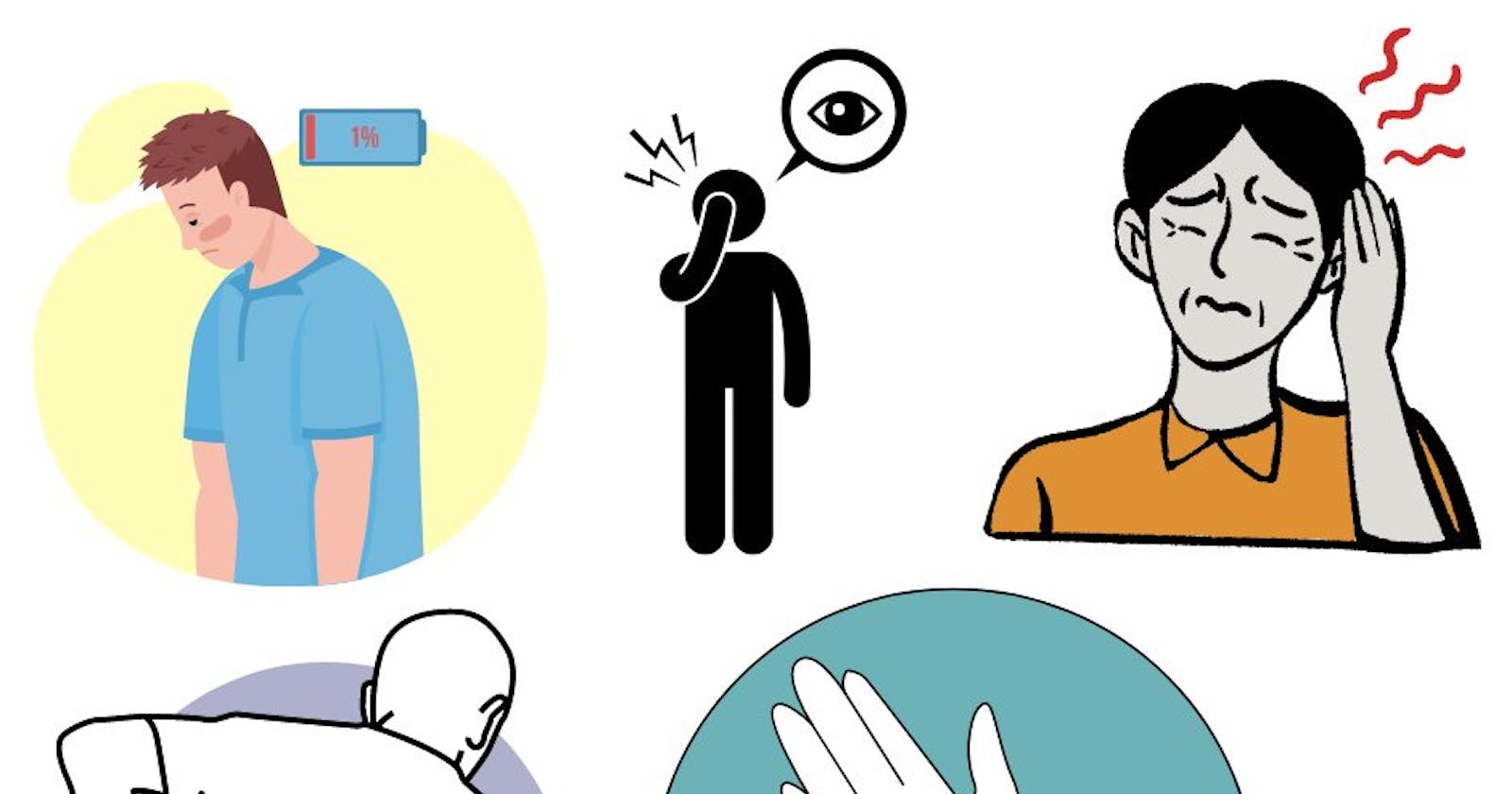Hello Everyone! My Name is Alex Cloudstar
I want to share with you today one of the problems that aren’t really specified in any JDs. In the ever-evolving landscape of technology, software developers find themselves at the forefront of innovation, tirelessly coding and problem-solving to bring ideas to life. However, the daily grind of an 8-hour office day comes with its own set of challenges that extend beyond the realm of programming itself. From the strain on our eyes to the aching in our backs, and the toll it takes on our wrists, the struggles are real.
The Strain on Vision
As software developers, our eyes are our most valuable asset, enabling us to decipher lines of code and bring functionality to software. However, the extended hours staring at computer screens can take a toll on our vision. The constant exposure to artificial blue light emitted by monitors has been linked to digital eye strain, causing symptoms like headaches, blurred vision, and dry eyes. The irony of creating digital solutions while our own vision suffers is not lost on us.
To combat this, many developers invest in blue light filtering glasses or follow the 20-20-20 rule, which suggests taking a 20-second break to look at something 20 feet away every 20 minutes. Despite these efforts, the struggle to maintain optimal vision persists, reminding us of the delicate balance we must strike between productivity and self-care.
The Aching Back Dilemma
Sitting for prolonged periods is an inherent part of the software development job description. Unfortunately, our bodies weren't designed for the sedentary lifestyle that modern office work often demands. The result? Aching backs, stiff shoulders, and a persistent longing for a more ergonomic office chair.
The sedentary nature of software development not only affects our musculoskeletal health but also contributes to the risk of developing conditions like sciatica and lower back pain. It's a challenge to balance the demands of tight project deadlines with the need to care for our physical well-being. Finding the right chair, incorporating stretching exercises, and occasionally opting for a standing desk are attempts to mitigate this issue, but the battle against the 8-hour sitting marathon wages on.
The Price of Ambition: Wrists Under Siege
Our hands, particularly our wrists, are essential tools in the software development arsenal. The repetitive movements involved in typing and mouse usage can lead to the development of conditions like carpal tunnel syndrome, a painful affliction that affects the median nerve in the wrist.
Developers often resort to ergonomic keyboards, mice, and wrist rests to alleviate the stress on their wrists. However, the constant fear of potential long-term damage looms large, making it essential for us to strike a balance between delivering high-quality code and preserving our physical health.
The Lingering Specter of General Fatigue
As the clock ticks away, the cumulative effect of the day's work manifests as general fatigue. The mental strain of problem-solving, debugging, and meeting project deadlines can leave software developers mentally drained. The constant need to stay updated with the latest technologies adds another layer of mental exhaustion.
Balancing the demands of work with personal life becomes a juggling act, as the boundary between professional and personal time blurs. Fatigue not only affects productivity but can also lead to burnout if left unchecked. The importance of mental health in the software development community cannot be overstated, and finding ways to unwind and recharge becomes crucial to sustaining a fulfilling career.
Looking Ahead: Addressing Concerns in Future Posts
Acknowledging these challenges is the first step toward fostering a healthier work environment for software developers. In future posts, we'll delve deeper into practical solutions and strategies to tackle these issues head-on. From implementing mindfulness techniques to incorporating office-friendly exercises, we'll explore avenues that can make the 8-hour office marathon more sustainable for our vision, back, wrists, and overall well-being.
As we navigate the dynamic landscape of software development, let's embark on a journey to create a workplace culture that values both productivity and the health of its workforce. Together, we can code for a brighter, healthier future.

